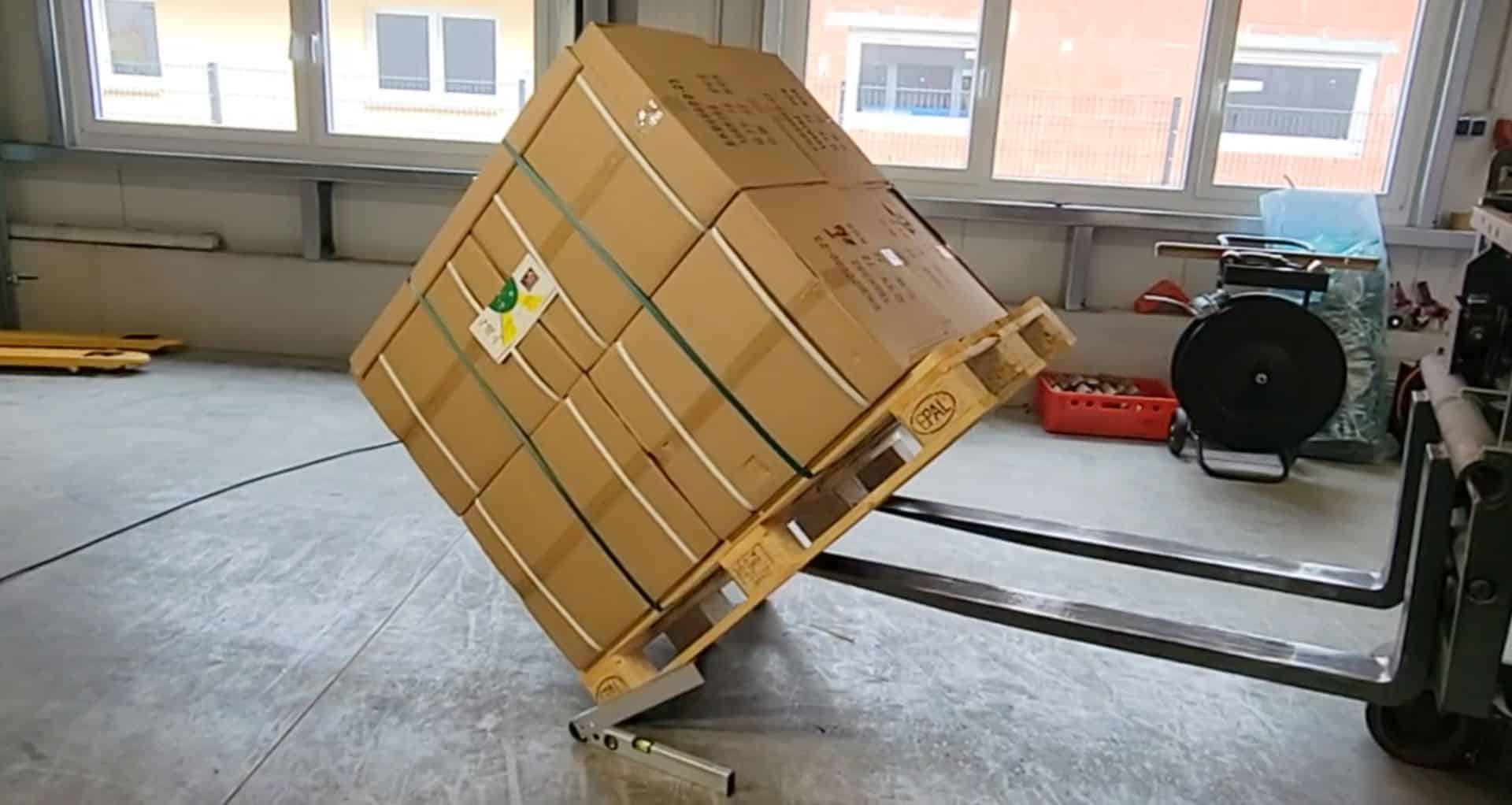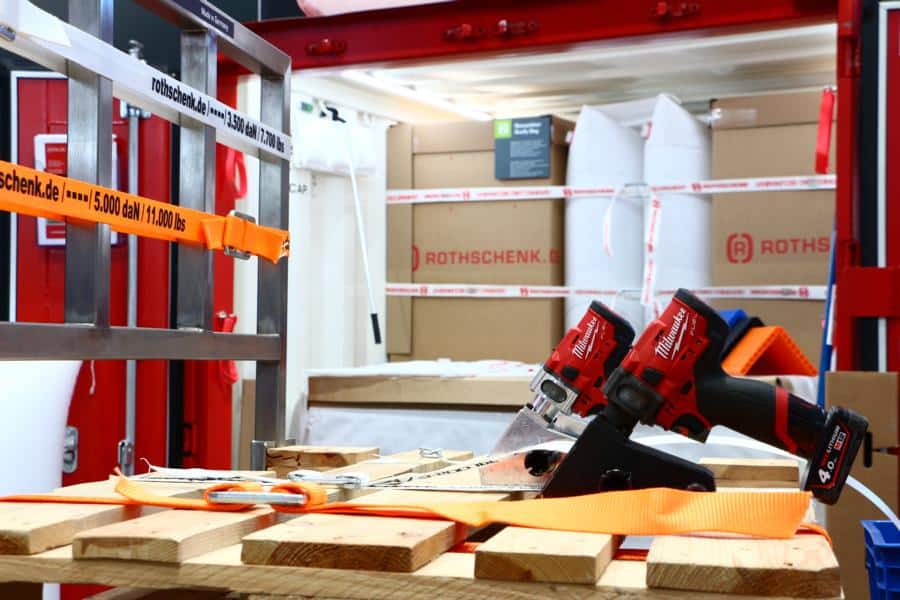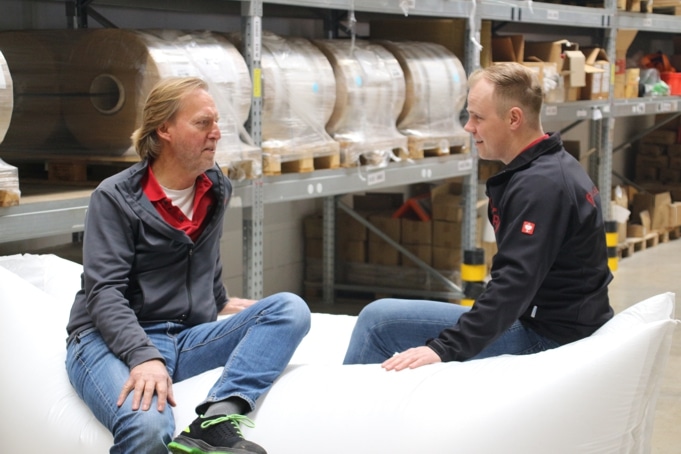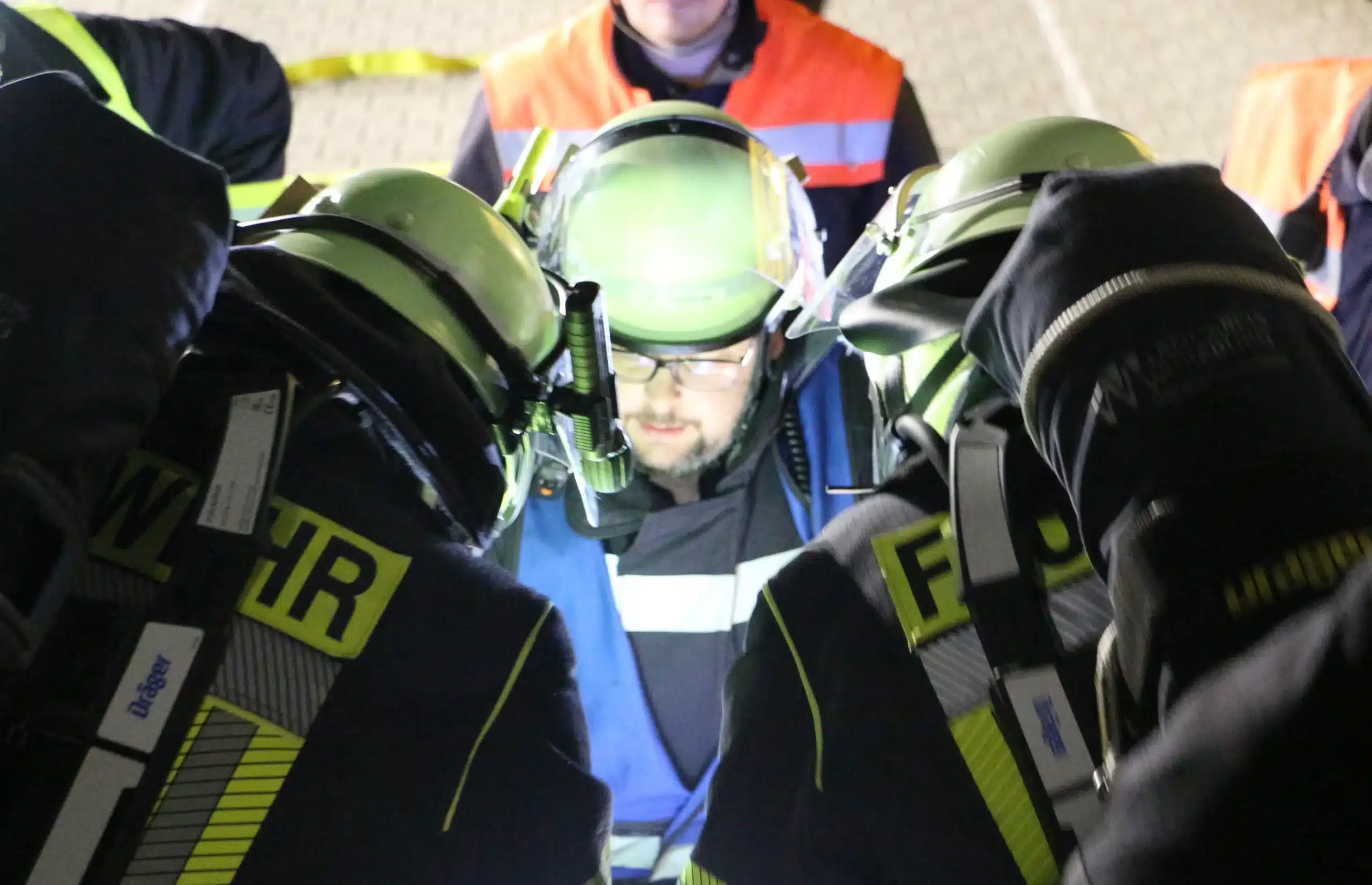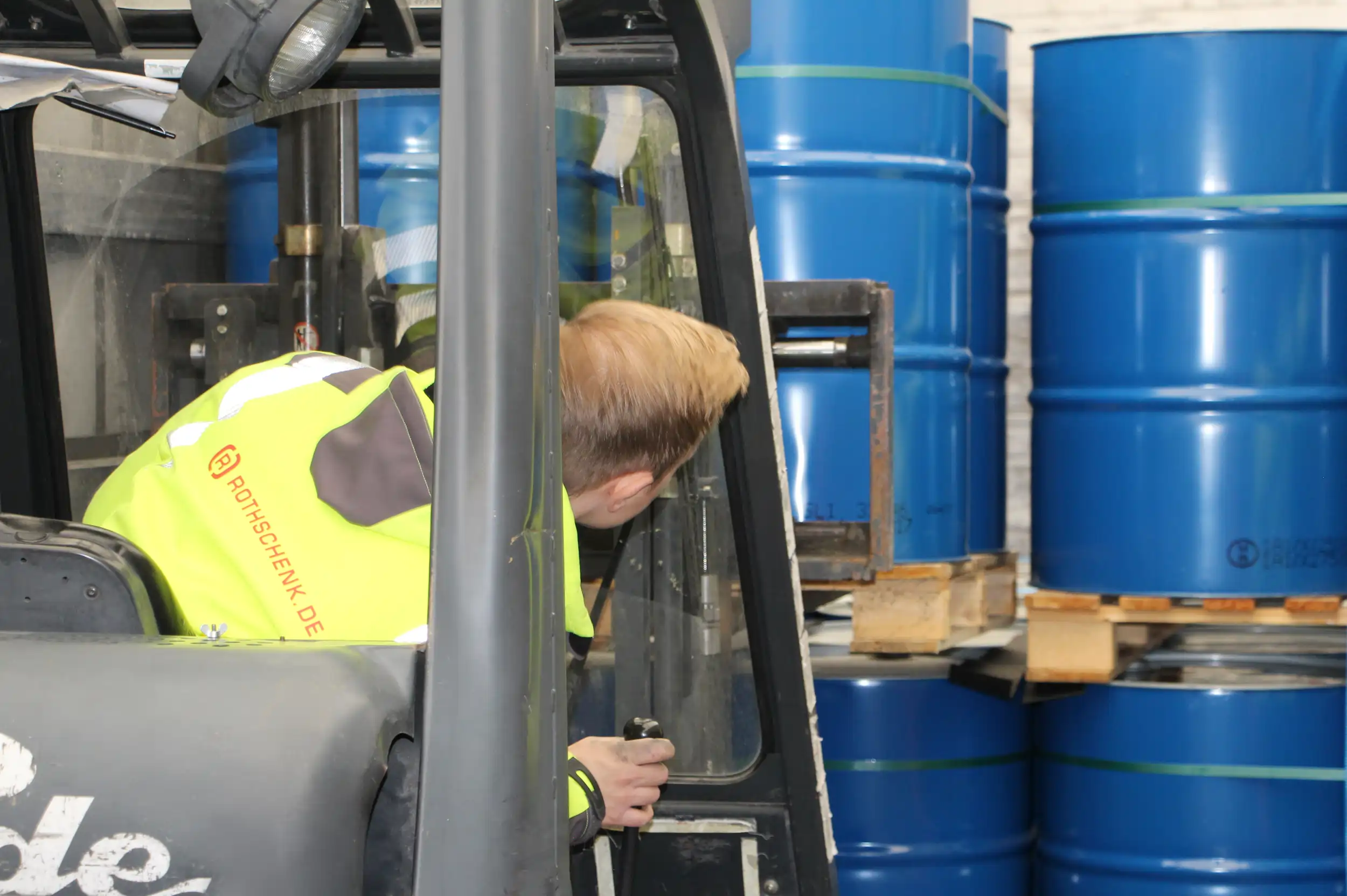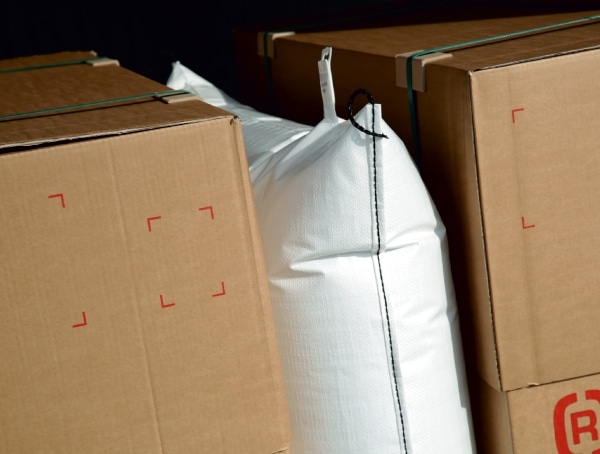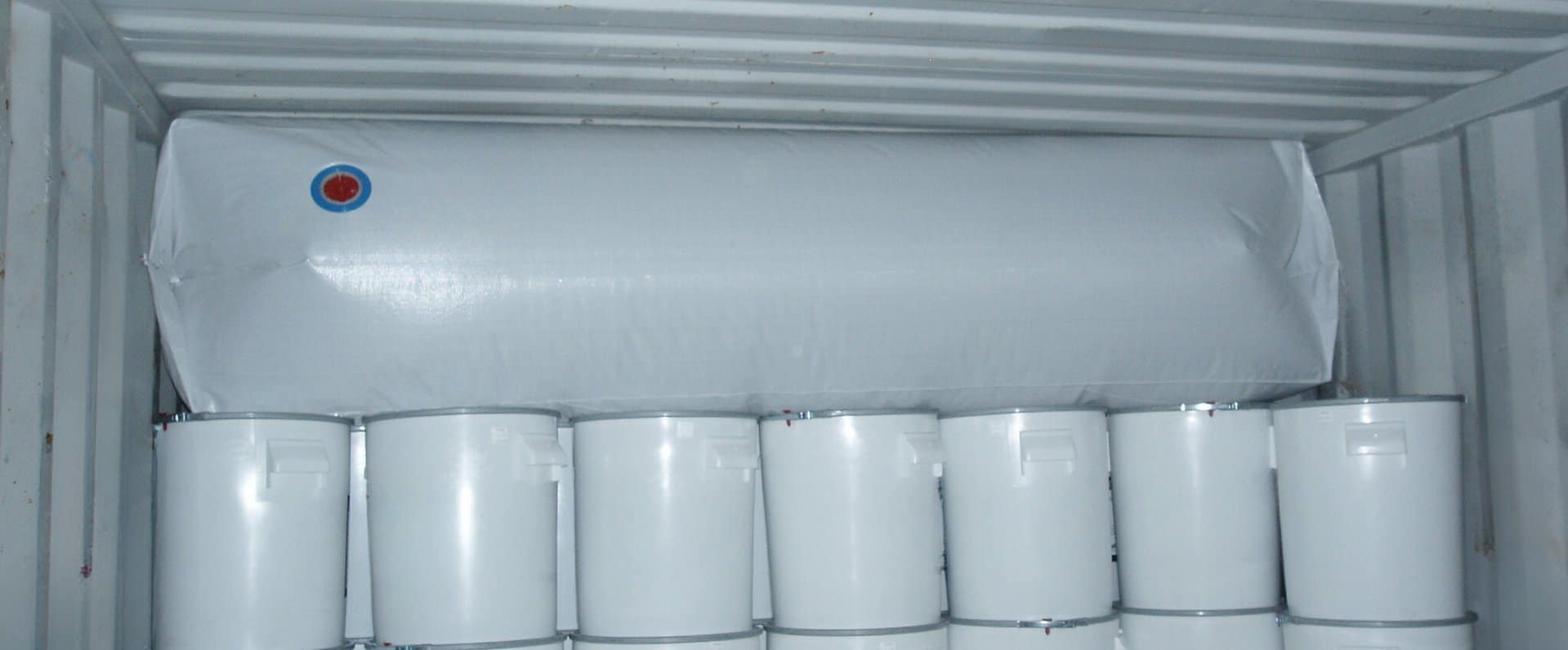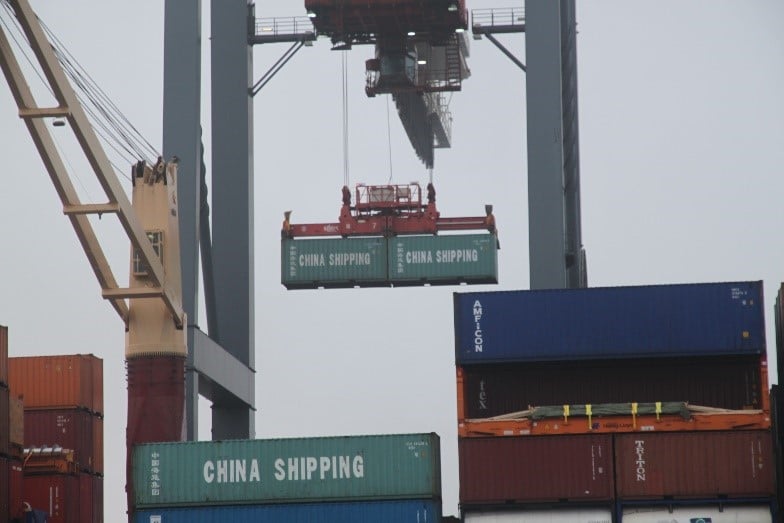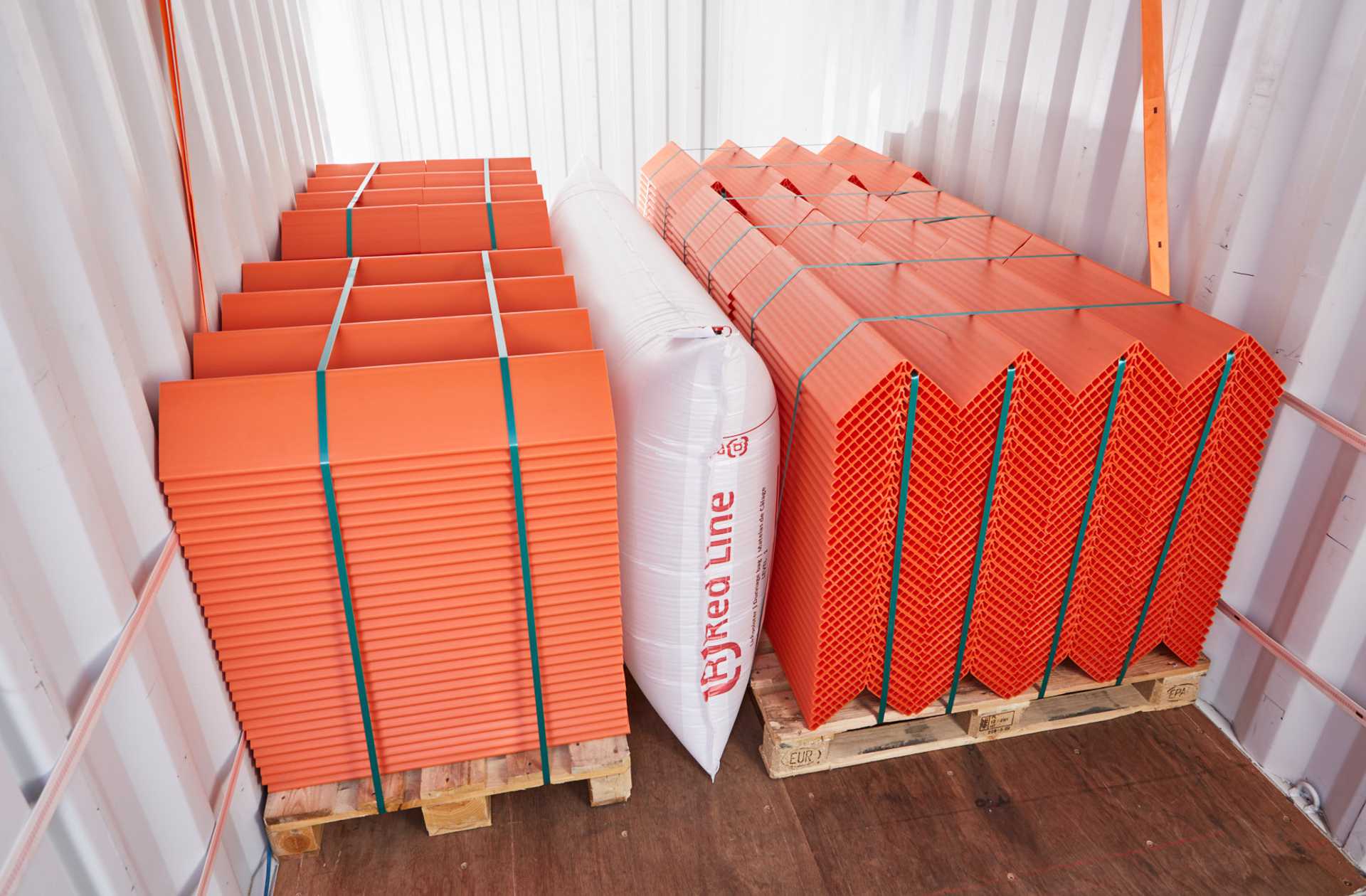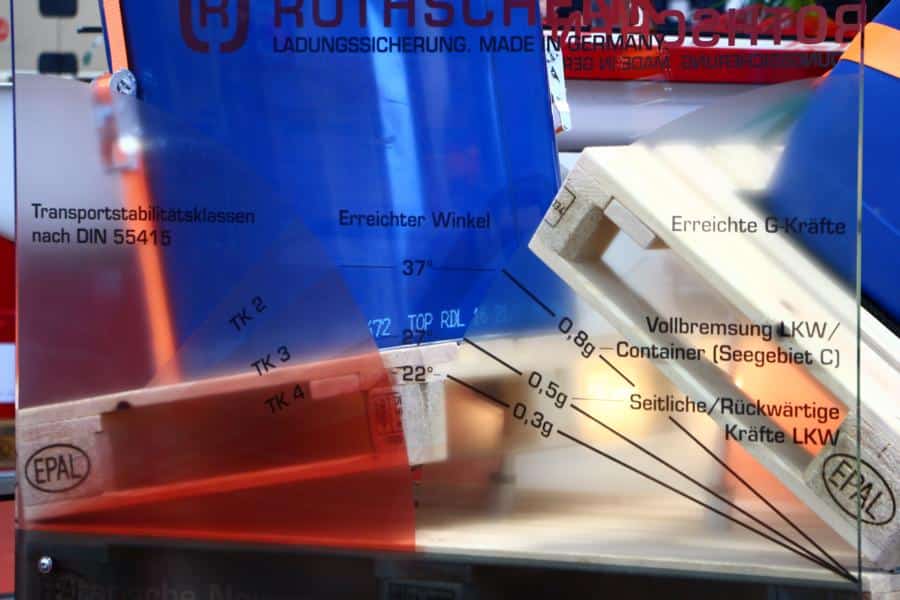
Episode 56: Securing load units: The tipping test with the forklift part 2
Tilt test – notes on practical application First of all, the destination to be reached should be determined. This depends on the means of transportation, as it makes a difference whether only truck transport or combined transport takes place. It may also be that only a new packaging variant is

